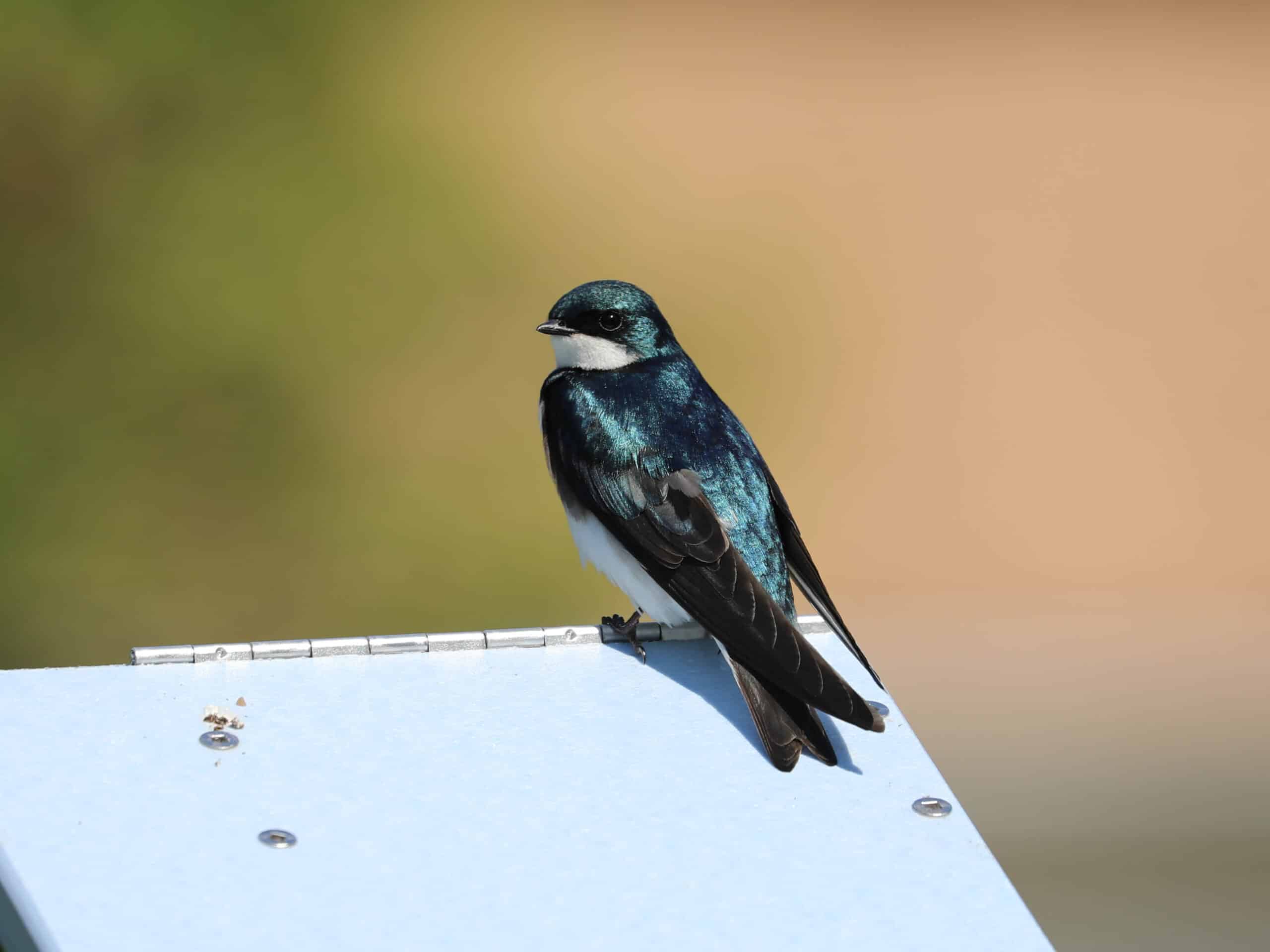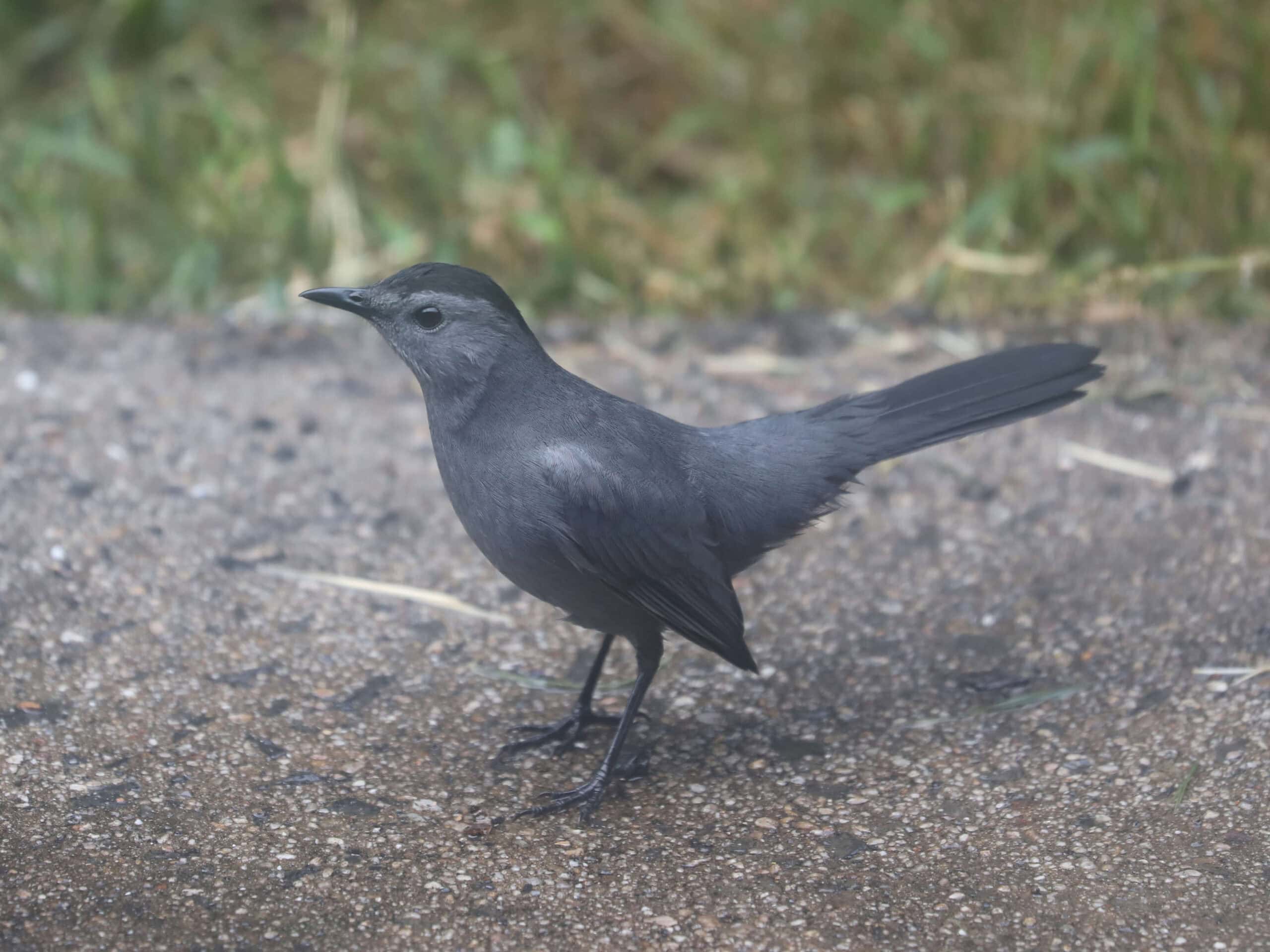Get Ready for Spring Bird Feeding
It looks like we’re finally done with frigid winter days. Spring officially starts in nine days, and there are no freezing temperatures in the 10-day forecast. Get ready for spring! Migrants will arrive soon, replacing winter birds like Dark-eyed Juncos, White-throated Sparrows, and Yellow-bellied Sapsuckers.
Tree Swallows are already being seen across our area, especially along the Susquehanna River. They’ll be followed soon by Chipping Sparrows. In late April and early May, watch for Northern House Wrens, Baltimore Orioles, Ruby-throated Hummingbirds, and Gray Catbirds. Brightly colorful birds like Indigo Buntings and Rose-breasted Grosbeaks might also visit your feeders in May.
Follow these steps to be prepared for the birds arriving in your yard this spring (or just passing through on their way north):
- Thoroughly clean your bird feeders. It’s important to keep feeders clean to protect the health of your birds and prevent the spread of diseases. Wash feeders in warm, soapy water, then soak in a 10% bleach solution. Rinse all the bleach off your feeders, then let them air dry before adding seed.
- Make sure your nest boxes are ready ASAP. Songbirds aren’t building nests yet, but they’re definitely checking out the available real estate. Boost your chances of hosting nesting birds by making sure your nest boxes are ready to go. Lots of birds use nest boxes, including bluebirds, wrens, chickadees, titmice, woodpeckers, and Tree Swallows.
- Meet your birds’ nutritional needs as they prepare for nesting season. Provide fresh bird seed, suet, mealworms, and Bark Butter. Your birds will benefit most from extra protein and calcium as nesting season approaches, and extra calories are beneficial as they migrate.
- Have your binoculars close at hand. Many birds visiting your yard haven’t been there since last fall. If you’re lucky, you may see a species in your yard for the first time ever. Be ready to get a close look with a pair of binoculars.
Get Ready for Spring Bird Feeding
It looks like we’re finally done with frigid winter days. Spring officially starts in nine days, and there are no freezing temperatures in the 10-day forecast. Get ready for spring! Migrants will arrive soon, replacing winter birds like Dark-eyed Juncos, White-throated Sparrows, and Yellow-bellied Sapsuckers.
Tree Swallows are already being seen across our area, especially along the Susquehanna River. They’ll be followed soon by Chipping Sparrows. In late April and early May, watch for Northern House Wrens, Baltimore Orioles, Ruby-throated Hummingbirds, and Gray Catbirds. Brightly colorful birds like Indigo Buntings and Rose-breasted Grosbeaks might also visit your feeders in May.
Follow these steps to be prepared for the birds arriving in your yard this spring (or just passing through on their way north):
- Thoroughly clean your bird feeders. It’s important to keep feeders clean to protect the health of your birds and prevent the spread of diseases. Wash feeders in warm, soapy water, then soak in a 10% bleach solution. Rinse all the bleach off your feeders, then let them air dry before adding seed.
- Make sure your nest boxes are ready ASAP. Songbirds aren’t building nests yet, but they’re definitely checking out the available real estate. Boost your chances of hosting nesting birds by making sure your nest boxes are ready to go. Lots of birds use nest boxes, including bluebirds, wrens, chickadees, titmice, woodpeckers, and Tree Swallows.
- Meet your birds’ nutritional needs as they prepare for nesting season. Provide fresh bird seed, suet, mealworms, and Bark Butter. Your birds will benefit most from extra protein and calcium as nesting season approaches, and extra calories are beneficial as they migrate.
- Have your binoculars close at hand. Many birds visiting your yard haven’t been there since last fall. If you’re lucky, you may see a species in your yard for the first time ever. Be ready to get a close look with a pair of binoculars.
About The Author
Dan Hinnebusch is the Ornithologist for Wild Birds Unlimited. Click to learn more.





